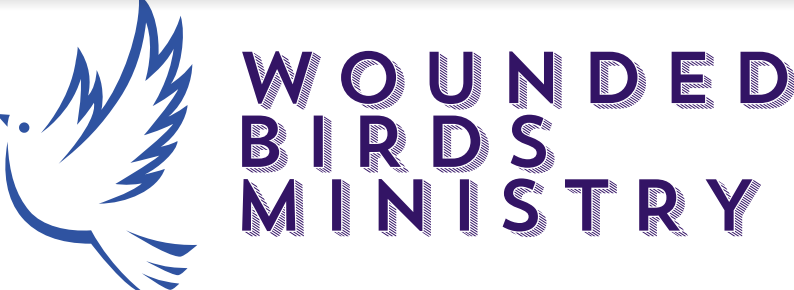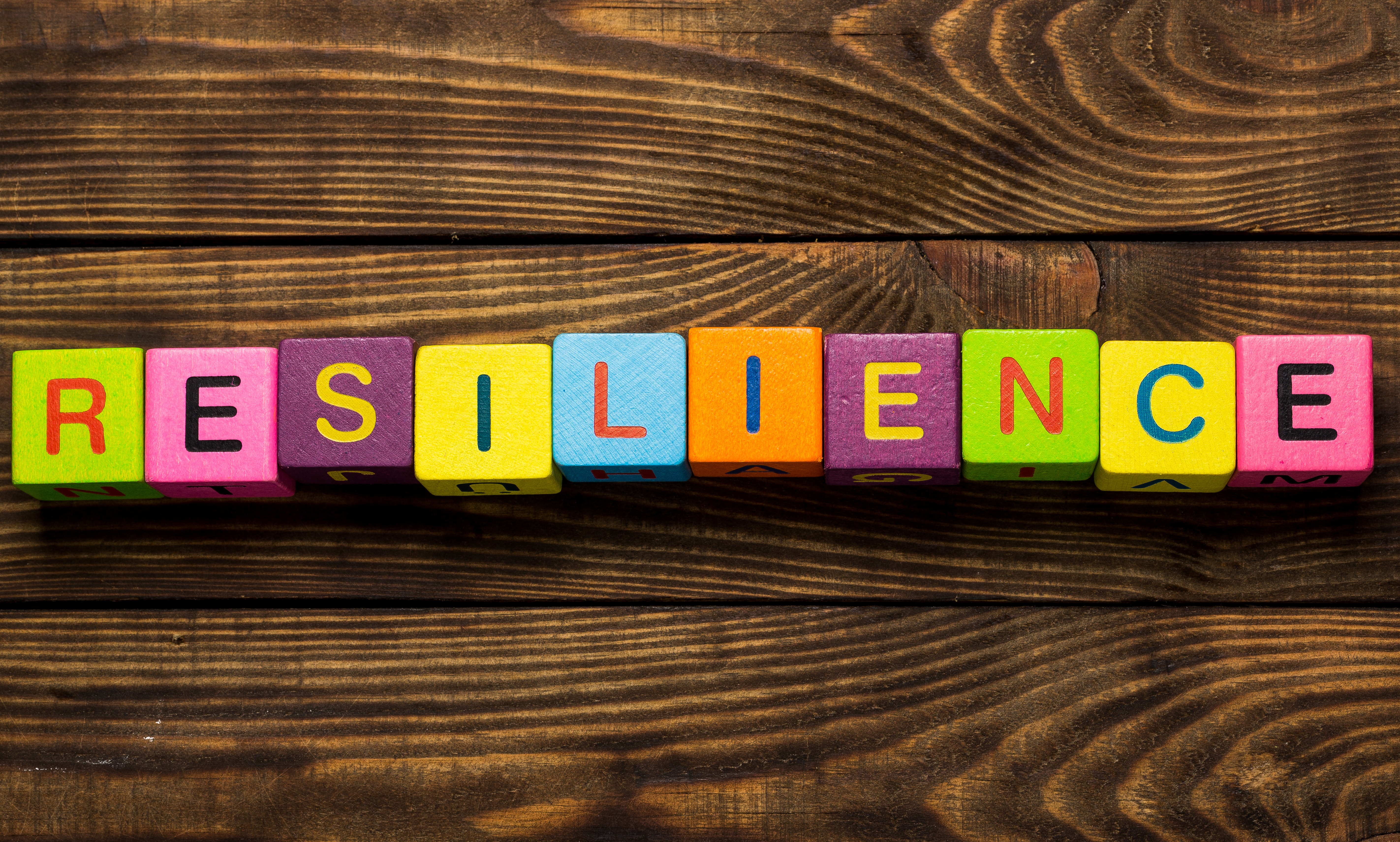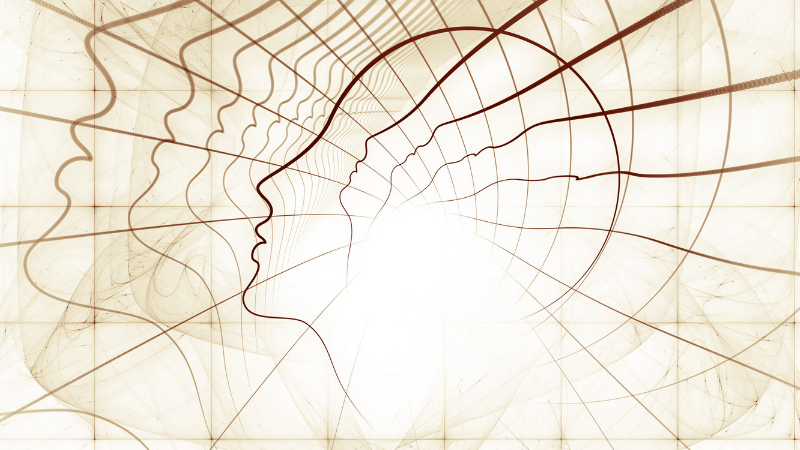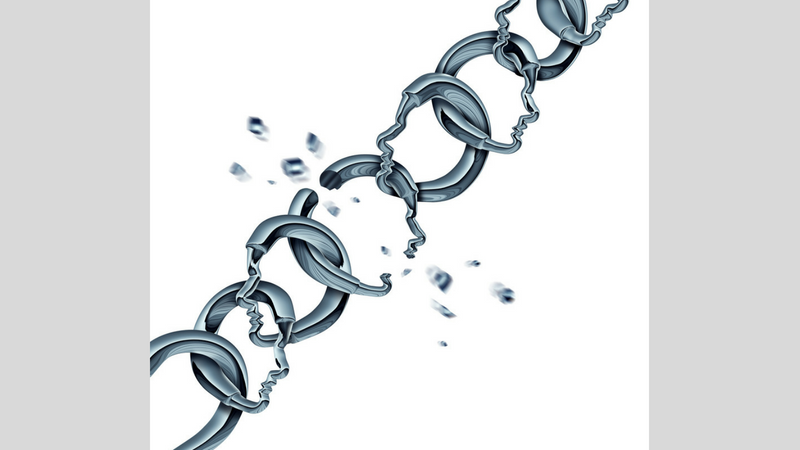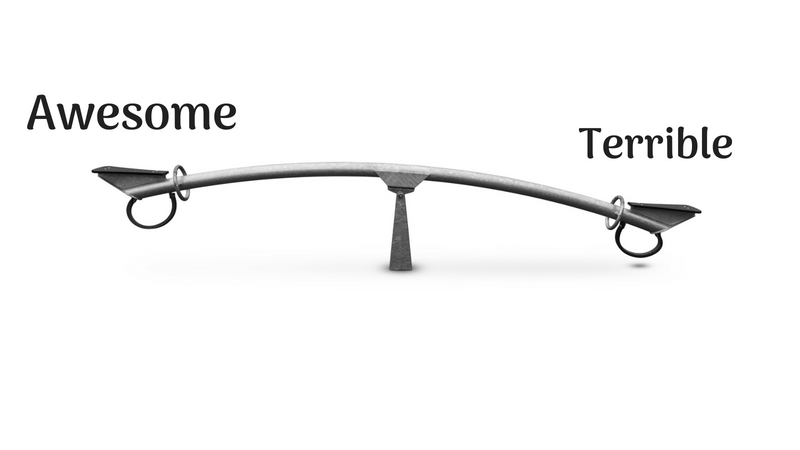Opposite Ideas Can Both Be True
I’ve had some conversations with people lately that have me thinking a lot about our thought patterns and the impact of sound bites upon them. Often, we think opposing ideas negate each other, when sometimes, opposite ideas can both be true.
I spent a year taking a class called “Dialectical Behavioral Therapy” (DBT). Pioneered by Marsha Linehan, DBT explores our rigid thinking and helps us consider alternatives.
At the core of DBT is an idea that opposite ideas can both be true at the same time. Here’s an example from my mental health recovery:
I know that I am doing the best I can. I work hard, use my skills, and I’m diligent about attending my therapy sessions.
AND…
I know I can do better, try harder, and be more effective.
Both of these statements are true. I am doing my best, and I know that I have more room to grow. Saying that I am doing my best allows me to have compassion for myself in my mistakes. Recognizing that I can do better gives me room to grow and develop. Both of these opposite ideas are true.
[Dialectical thinking] is deeply uncomfortable because we are suddenly challenging all our previously-held notions.
When we acknowledge that opposite ideas may both be true, we move into a new realm of thinking. Issues — whether relational, political, or of a different nature — are no longer black-and-white.
We recognize that challenges and perspectives are often multi-layered and nuanced. In a sound-bite-driven world, this is a radical idea.
It also is deeply uncomfortable because we are suddenly challenging all our previously-held notions.
I am reminded of the movie 12 Angry Men (1957), which examines the jury deliberation process. In the film, a lone juror questions the prosecution’s slam-dunk case. One-by-one, he wins the other jurors over to his side of thinking, until he gets to the last juror: Juror 3.
The final juror has some tightly held beliefs about the defendant. These opinions are formed based on his experiences, including a situation with his son. In a “Kids These Days” clip, we hear Juror 3’s assumption that the defendant was raised not to have any respect for others, leading him to a life of crime.
In this scene, Juror 3 reinforces this belief and talks about how he attempted to make his son “act like a man,” ultimately resulting in an estranged relationship.
Later, Juror 3 has a moment where his responsibility in the estrangement becomes clear. It is a watershed moment for him, causing him to break down in tears and change his vote. His perspective is forever changed.
There is comfort in our rigid thinking. It creates a framework for how we understand the world, our role within it, and sets expectations for how others should respond. People who don’t operate within our preconceived framework can be dismissed as wrong-headed, rude, and their thinking and perspectives invalidated.
Black-and-white thinking allows us to dehumanize someone who carries a different belief or perspective, just as Juror 3 dehumanized the defendant. We don’t have to worry about opposite ideas and consider their validity.
Modern media is not an aid in this area. Complex issues get boiled down to headlines and soundbites. The crawl at the bottom of the screen or a tweet on Twitter is all about getting the most impact in the fewest characters.
Journalists and news agencies would say that they are getting to the core of the issue. Unfortunately, by their nature, headlines and soundbites cannot encompass the totality of the issue.
Journalists and news agencies would say that they are getting to the core of the issue. Unfortunately, by their nature, headlines and soundbites cannot encompass the totality of the issue.
There is no way to explore a complex issue in 140 or 280 characters, or even in a TweetStorm. When our 24-hour news cycle is a regurgitation of the same five-minutes-worth of information, it is impossible to get a thorough examination of all the nuances involved. Talking points get reiterated, not explored. We are not genuinely looking for the truth in the opposite ideas.
Black-and-white thinking allows us to dehumanize someone who carries a different belief or perspective
As a result, we can’t conceive that we can protect 2nd Amendment rights while also allowing for gun control options. We can’t acknowledge that there are challenges some people have to gainful employment and also that fraud is a legitimate concern.
We can’t marry the ideas that justice and forgiveness can happen at the same time. Or, that the strong relationships father-daughter relationships are ideal; and, that a healthy relationship is often the reason daughters don’t tell their fathers about sexual assaults.
These ideas allow for a gray area, violating our sense of how the world operates. It creates space for a variety of experiences. Accepting that opposite ideas can both be true means reexamining all our beliefs.
Creating room for nuance also allows compassion into our conversations and our social spaces.
I see this in my family: We often have family get-togethers, at which we sometimes discuss current events and reflect upon them. Driving home afterward, Dan and I will rehash the conversation, and sometimes it’s like we sat in different rooms and spoke with different people.
Yet, both our experiences are real. Both are valid.
Allowing for opposite truths changes our relationships. We take people at their word when they share an experience, even when ours was different. We self-validate our emotions even while re-examining our experiences to see if the story fits the facts.
Living with gray areas is not easy. Challenging our paradigms is hard.
Creating room for nuance also allows compassion into our conversations and our social spaces. It reduces the rhetoric and allows emotions to be set aside so we can have more considered responses.
We recognize the dignity and humanity of each other, even when we disagree.
Living with gray areas and accepting opposite ideas are not easy. Challenging our paradigms is hard. I wouldn’t have it any other way.
What do you think about this? What makes you uncomfortable with moving beyond black-and-white thinking?
Looking for daily inspiration and community? Join our warm and supportive Facebook group!
